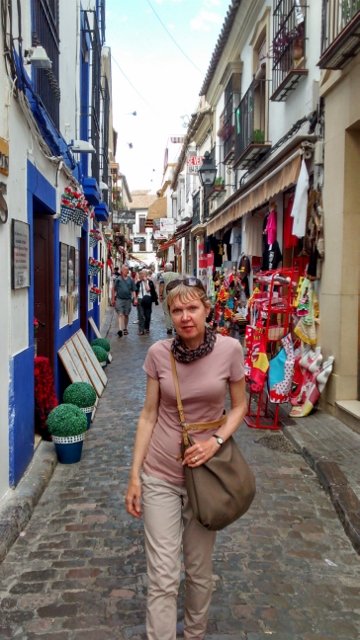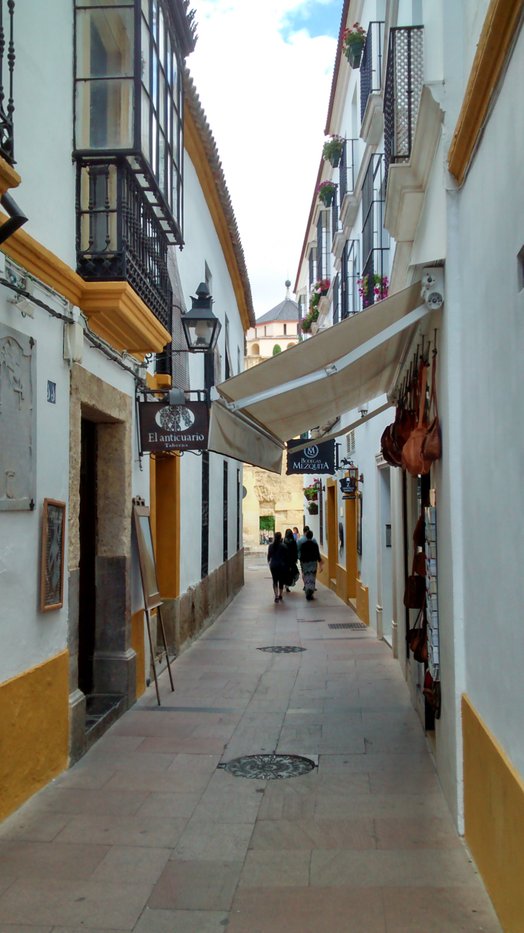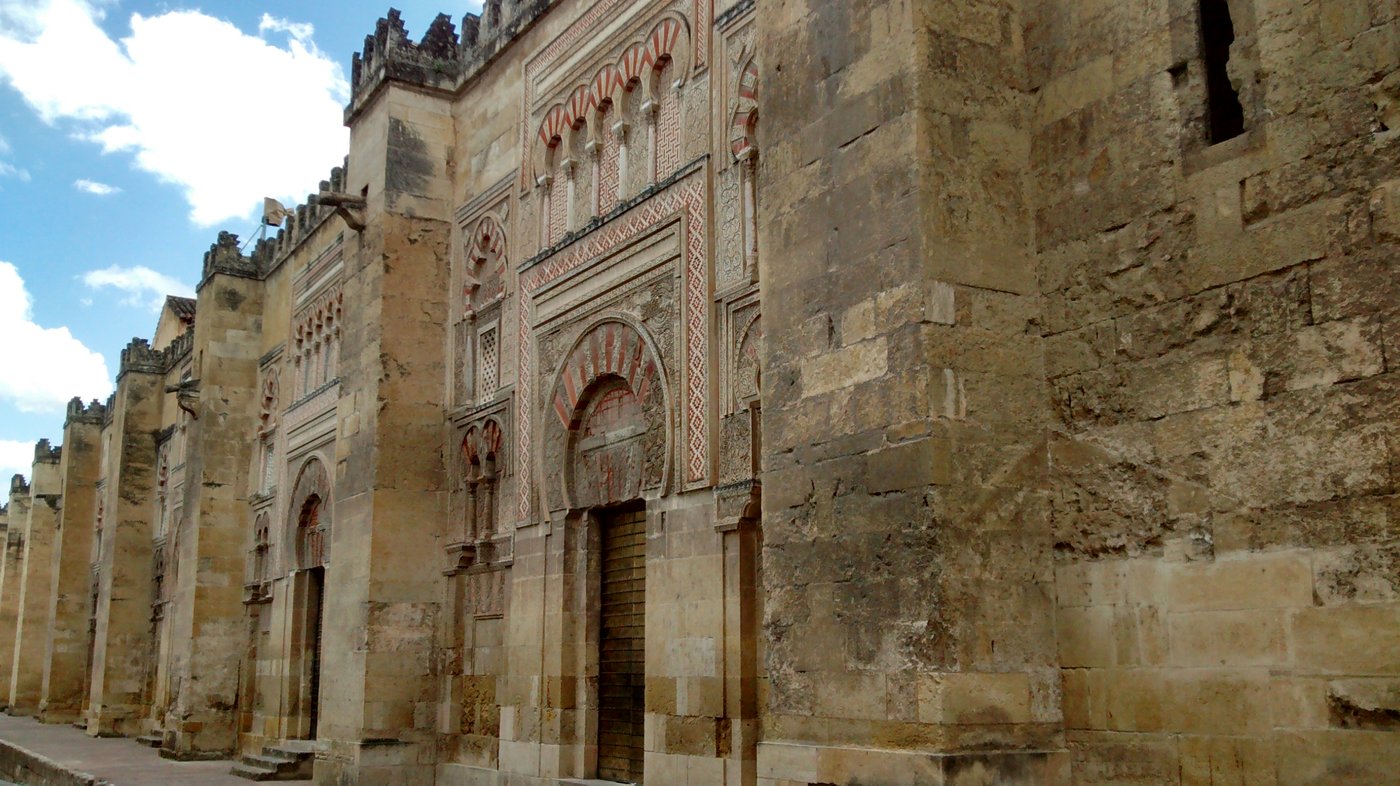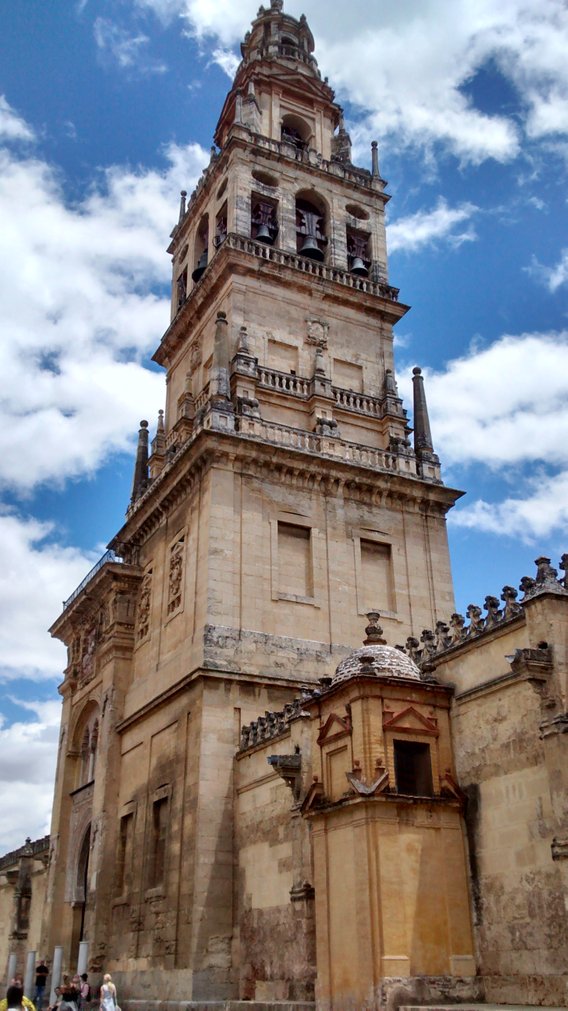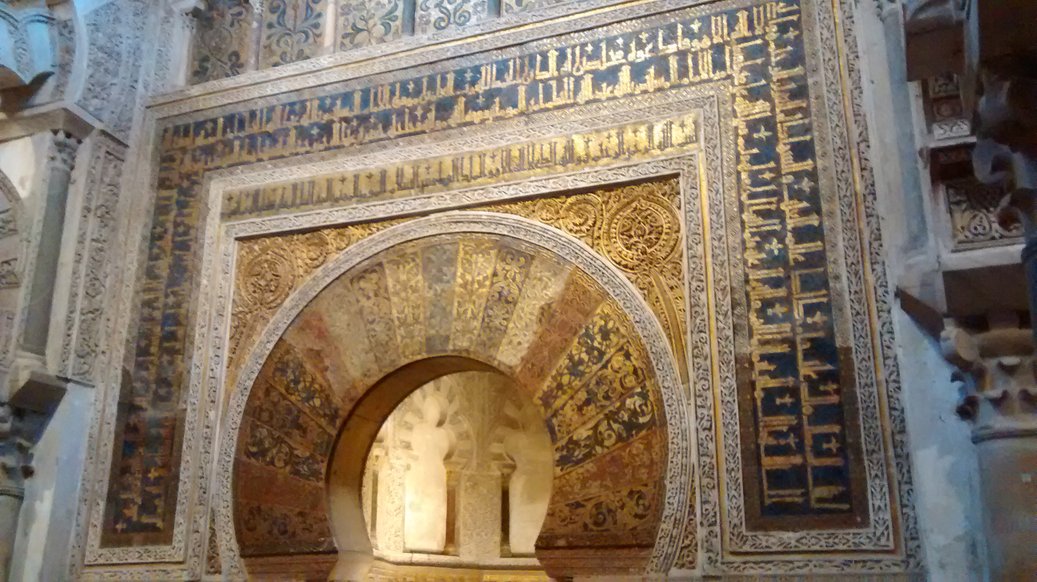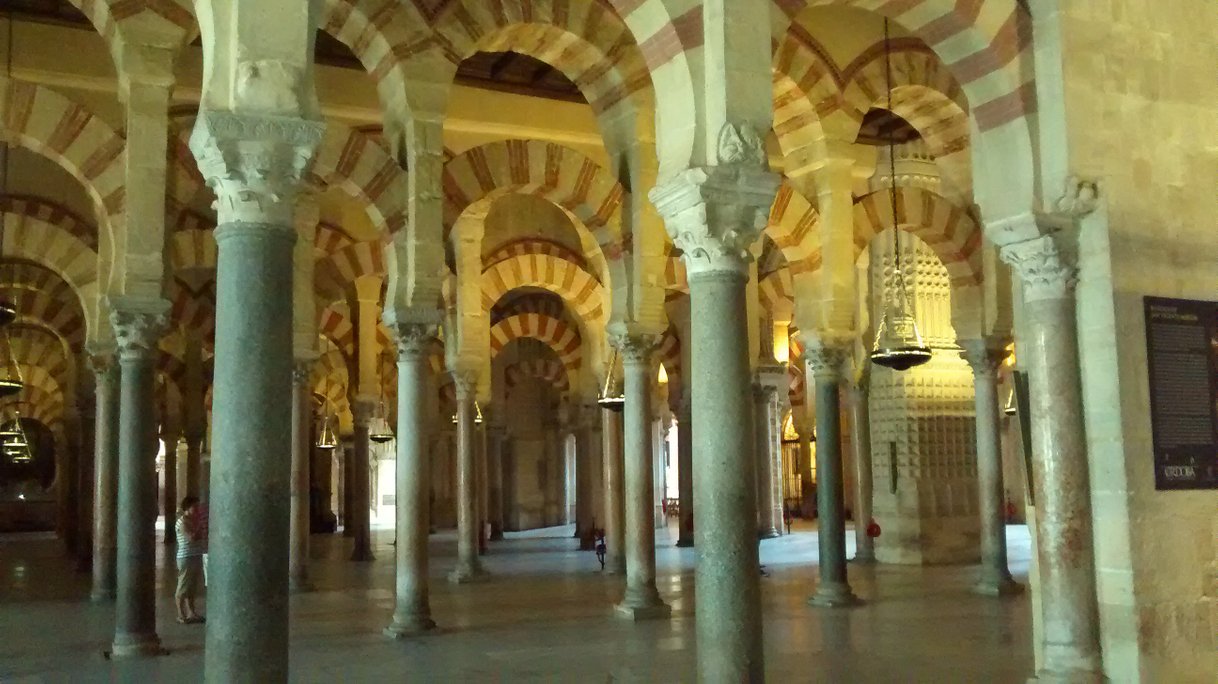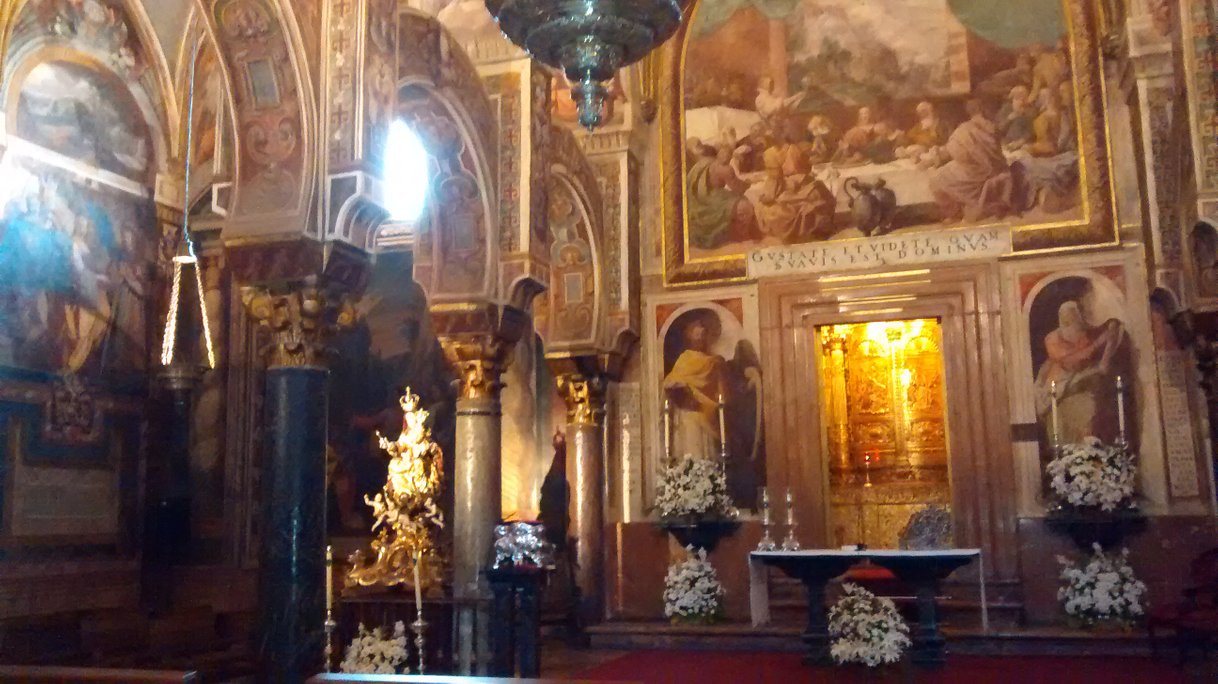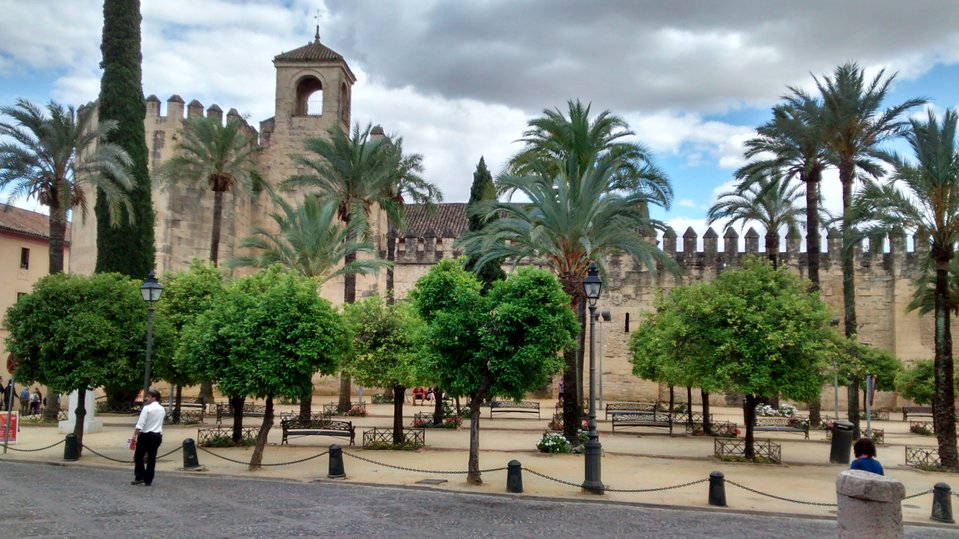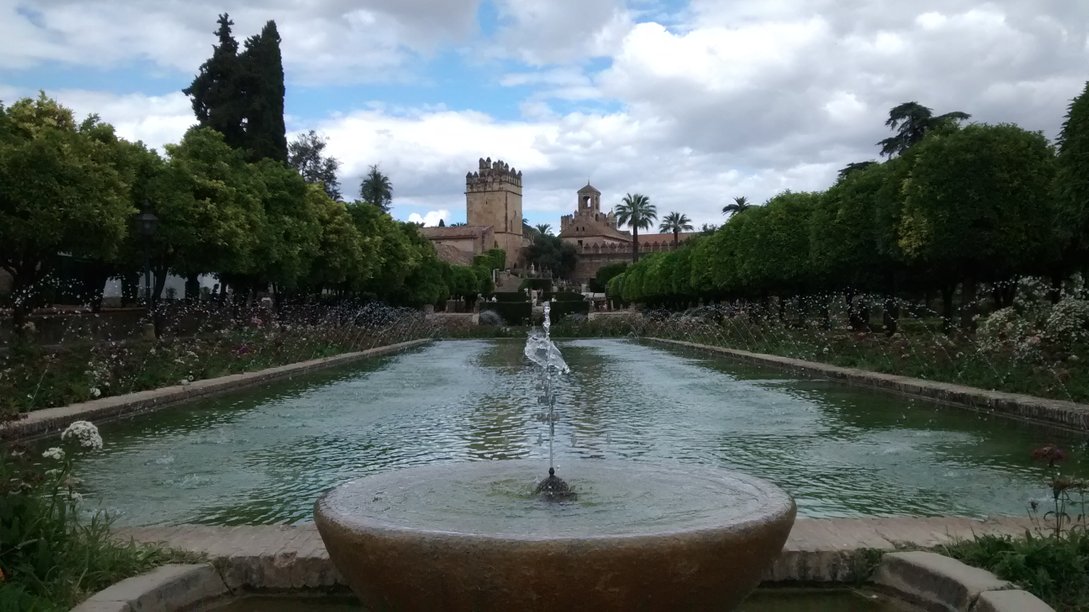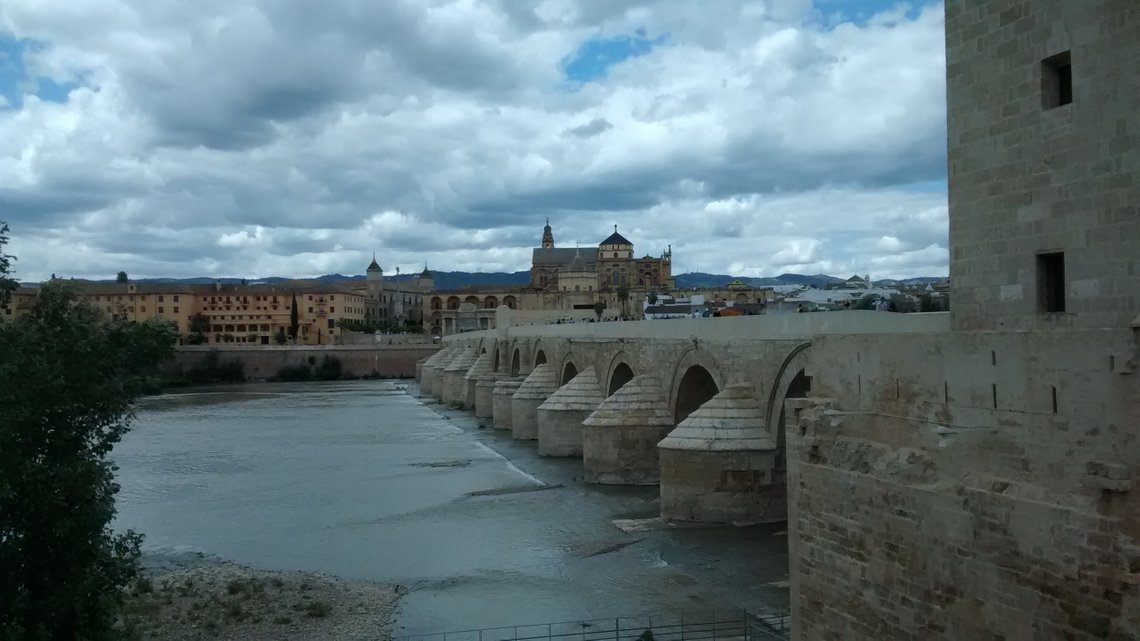Motorhometrips
with tips for cycling & hiking
Cordoba was the second of the three traditional classical cities on our motor home tour of Spain and in many ways was the more intimate of the three.
We stayed at the municipal site, “Camping El Brillante” which is about 1 mile outside the town. Again we received a cracking reception. It does have different size pitches, charging accordingly, so it does cater for larger units and tents. There is a motor home service point. The sanitary facilities, as we have found in the vast majority of campsites in Spain were spotless .It was the most expensive site to date at 30 euros but there was water and drainage on the pitch and the wi fi was free. There are shaded pitches available, though our pitch was against a wall and probably en par with an aire type setting but with a bit more space. Basically this site did the job for our visit to Cordoba and is not untypical of a city site.
There is a bus service at 20 minute intervals which runs into town, right outside the campsite, so it scores there.
http://www.campingelbrillante.com/en/
On arrival at the centre, for some reason, I became totally disorientated and ended up heading in the opposite direction of the Mezquita. My request for directions was hampered by my pronunciation, which came out more like “mosquito” but a retired couple literally walked us to the centre and kindly pointed out some superb traditional internal courtyards in the restaurants. They were beautifully tiled and extremely atmospheric. In all our travels we are often amazed how kind people are and how willing many are to lead us to our destination. We have even had guided bike tours in the past.
The heart of the centre is the old Jewish quarter and as you wander through the narrow streets, one is left with the impression that life has not changed here since the tenth century, when Cordoba was one of the greatest cities in Western Europe.
You are, however, never far from the massive walls of the Mezquita, which is undoubtedly the main attraction of Cordoba. The original Mosque on this site dates back to 785, though the most lavish alterations were made in the tenth century.
Torre del Alminar - built on the site of the original minaret
The Mihrab, this elaborate and stunning prayer niche, unbelievably dates back to the tenth century.
The biggest alteration of all has to be the building of the Christian cathedral in the middle. We found it totally surreal that you were walking through the arches and pillars of the mosque and then into the Italianate dome of the 16th century cathedral and all the typical paraphernalia of the catholic church.
The other principal site, built in the 14th century, is the Alcazar de los Reyes Cristianos ,which is the palace fortress of the Spanish monarchs. The water terraces and fountains are particularly evocative of a grander time.
There is also an impressive Roman bridge, or at least the original foundations are Roman, which spans the river Guadalquivir and links a fourteenth century tower, Torre de la Calahorra to the old town. A splendid view of the old town can be seen
From this bridge.
Also there is a fine view of one of the Islamic water wheels on the Rio Guadalquivir, just downstream from the Bridge, now restored, which would have raised water to the caliph's palace. You will also see evidence of other water wheels on the river.
